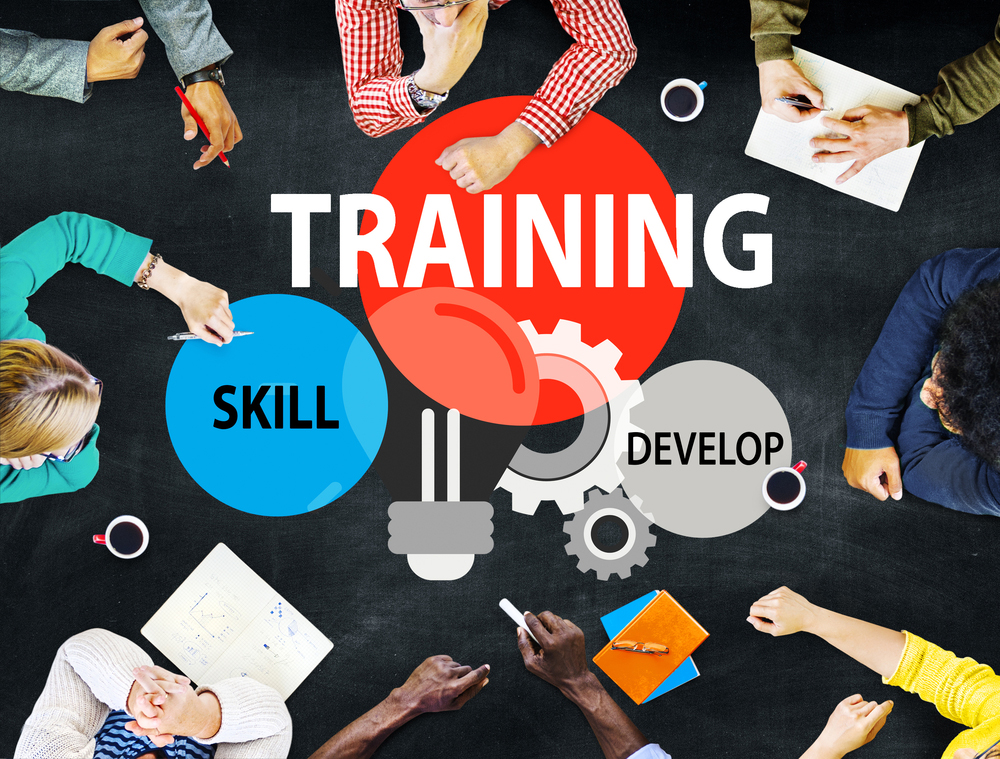Agility generally refers to the ability to move or change quickly and easily. It could reference physical movement or mental agility—thinking and understanding new ideas quickly.
Given that, agile learning is, as the name implies, a type of learning or training process that focuses on speed and adaptability. Technology is changing rapidly, and businesses need to stay on top of trends to ensure their team remains as effective as possible. Implementing agile learning demonstrates that an organization is focusing on adapting quickly.
Aspects of Agile Learning
Here are some common aspects of agile learning:
- New content needs to be created quickly. Old processes may slow down the creation and dissemination of new content. With agile learning, there is a greater focus on speed so that the organization can move forward faster.
- Training needs to happen in a timely manner. Employees need to have access and training on new processes, software, and concepts as soon as practical in order to get agile learning implemented as soon as possible.
- With the focus on speed, agile learning typically breaks concepts down into smaller pieces to allow for faster dissemination of the early content. Feedback is incorporated along the way, so the materials are updated as time goes on. Organizations no longer have to wait for an entire course to be developed before rollout; rollout begins when the draft of the first module is ready, and the content is continually developed and updated.
- Given the need to continually adapt, agile learning requires training materials to be developed collaboratively.
- Learners typically get smaller pieces of training. Because content changes quickly, new updates are distributed frequently, which results in smaller pieces of content being consumed more often. This also means that organizations should make content readily accessible in a variety of formats or on a variety of devices.
Tips for Implementing Agile Learning in the Workplace
If your organization is considering adopting an agile learning process, here are some tips:
- This will only work if the culture supports it. Employees need to have the flexibility to take time for training as needed. Managers need to promote it, and teams need to be in place to make it happen. Communication about the program should ensure that employees know that updates are common and expected and are not necessarily indicative of problems (to ensure people continue to have faith in the materials).
- The training itself should be flexible. Ideally, the training will enable employees to take part in multiple ways or will at least have a fully flexible option, such as online administration. Many organizations opt to utilize third-party training libraries to allow the greatest flexibility in the types of training available at any given time.
- Those responsible for developing materials will need to be able to get a lot of continuous feedback from learners and subject matter experts in order to continually improve and update materials quickly. However, they shouldn’t wait for feedback; it needs to be actively sought out to keep everything updated.
What has your experience been with adopting agile learning in the workplace? What other tips would you provide for a successful implementation?
Bridget Miller is a business consultant with a specialized MBA in International Economics and Management, which provides a unique perspective on business challenges. She’s been working in the corporate world for over 15 years, with experience across multiple diverse departments including HR, sales, marketing, IT, commercial development, and training.

